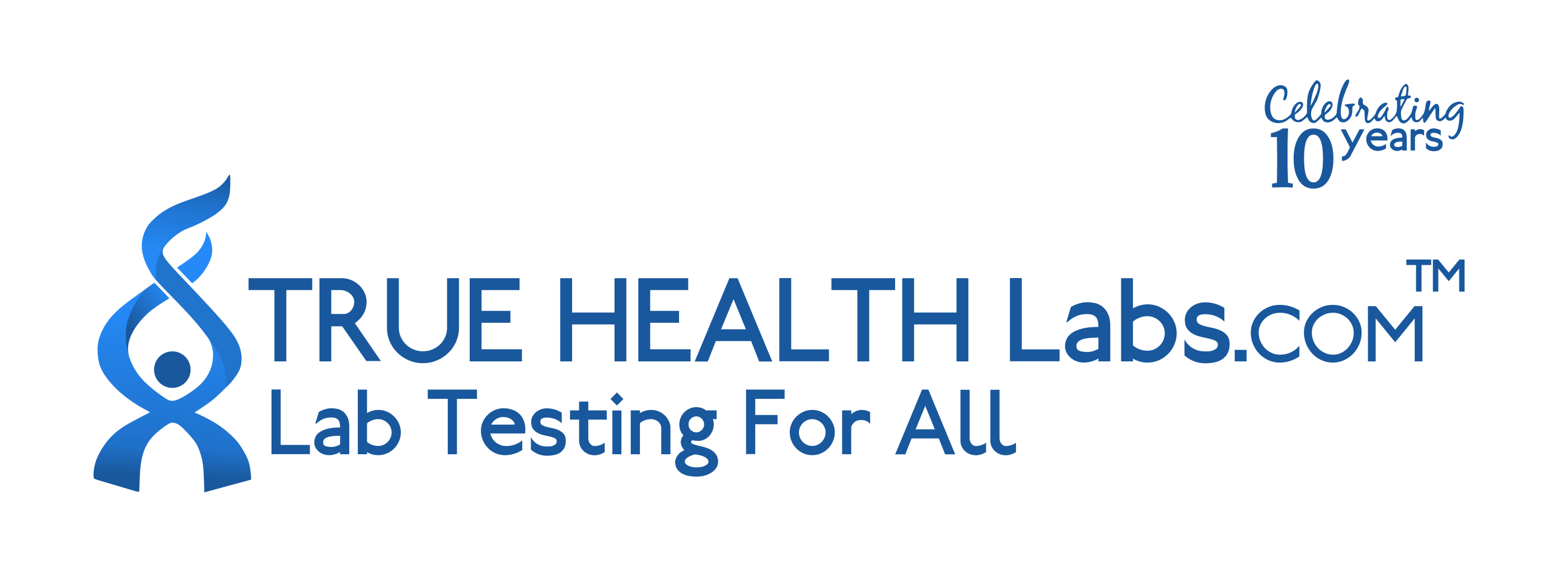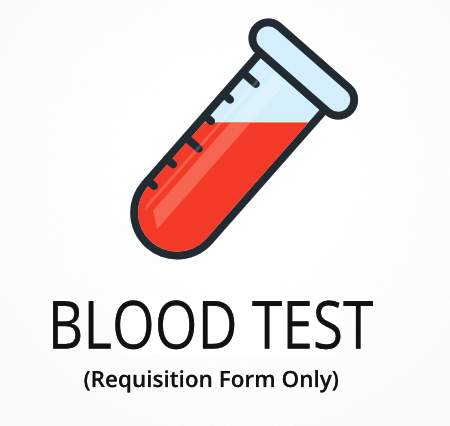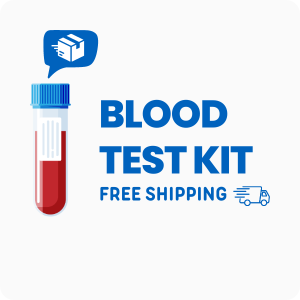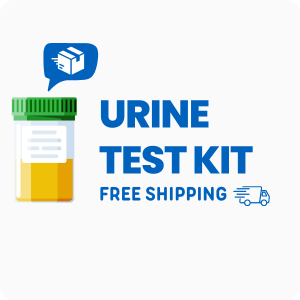Ordering the Partial Thromboplastin Time (PTT) Activated Test
Ordering the Partial Thromboplastin Time (PTT) Activated Test can help assess how well your blood clots. This test is often used to evaluate bleeding disorders or monitor patients on blood-thinning medications. Interestingly, this test can also help detect certain autoimmune disorders that affect clotting.
When ordering this test, consider the following benefits:
- Helps identify potential bleeding disorders.
- Monitors the effectiveness of anticoagulant therapy.
- Assists in diagnosing clotting factor deficiencies.
- Evaluates unexplained bleeding or bruising.
- Provides insights into autoimmune conditions affecting clotting.
Who Should Consider the Test
People who experience frequent bruising or prolonged bleeding from minor cuts might find this test beneficial. It can provide clarity on whether a clotting disorder is present.
Consider ordering this test if you:
- Have a family history of bleeding disorders.
- Are undergoing surgery and need clotting evaluation.
- Experience frequent nosebleeds without a clear cause.
- Have been diagnosed with lupus and need clotting assessment.
- Are pregnant and have a history of miscarriages.
Ordering this test can help pinpoint specific clotting issues, allowing for targeted treatment. Delaying the test might lead to undiagnosed clotting problems, which could complicate medical procedures or treatments.
How to Prepare for the Test
No fasting is required for the Partial Thromboplastin Time (PTT) Activated Test. It’s important to follow any instructions from your healthcare provider to ensure the test is conducted properly.
Labs Included When Ordering Your Partial Thromboplastin Time (PTT) Activated Test
| Test Name | Reference Range | Significance | Low and High Levels of Partial Thromboplastin Time (PTT) |
|---|---|---|---|
| Activated Partial Thromboplastin Time (PTT) | 25-35 | This test measures the time it takes for blood to clot. It helps evaluate the intrinsic and common coagulation pathways. |
High levels mean a potential bleeding disorder or anticoagulant therapy effect.
Low levels mean a possible risk of thrombosis or clotting disorder. |
Lab reference values are subject to change. Refer to the Quest Diagnostics lab test directory for current ranges.
Partial Thromboplastin Time (PTT) Activated FAQ
Is there Partial Thromboplastin Time (PTT) testing near me?
To find nearby locations for Partial Thromboplastin Time (PTT) testing, use the patient service center locator. This is especially useful if you need a convenient site due to mobility issues or require quick access for monitoring anticoagulant therapy.
What is the cost of the test?
The cost of the test includes all associated fees, such as sample collection at patient service center locations. It’s worth ordering to monitor clotting factors, especially if you’re on blood-thinning medication.
How often should I retest?
Retesting is typically recommended every 6 to 12 months, especially if you’re on anticoagulant therapy. Regular testing helps ensure your treatment is effective and safe.
How accurate is the test?
The test uses a specific method to measure clotting time, ensuring precise results. TrueHealthLabs.com partners with CLIA-certified laboratories to uphold rigorous testing standards for dependable results.
Medical Review Board
Reviewed by Jeff Donohue M.D. from Body Logic and Brady Hurst DC, CCCN. Written by True Health Lab’s team of editorial health contributors.
Disclaimer: This information is for educational purposes only and not intended as medical advice. Consult your healthcare provider for personalized guidance.
Why Customers Trust True Health Labs - What People are saying
Also rated 4.6 out of 5 based on 3452 ShopperApproved reviews- See all TrueHealthLabs.com reviews.







